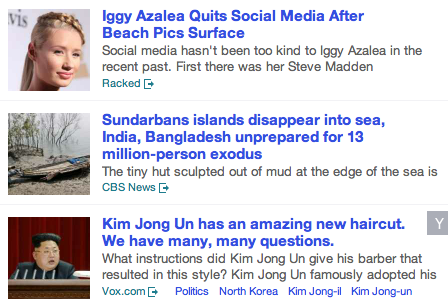By HANYA ALKHAMIS
It was on a Thursday night when everyone was on their phone and staring at a dress, which was either black and blue or white and gold, depending on the viewer.
Pathetic, it was just pathetic to view how people made a big deal over a worthless dress that had no significance what so ever. It was on all Web news sites. And it got considerable mainstream news media attention. Even the national TV networks gave it attention.
Everyone was all over the place about it and yet, if it were to be about the wars and political disputes happening in Arab world, no one would have cared.
The social media’s main topic on Thursday night and all of Friday was the dress and the color perceived by each and every person.
It is insane and foolish how everyone was on his or her phone Thursday night talking about this mysterious dress that was both black and blue or white and gold. Everyone spent an hour or two or even the whole day just to figure out the mystery and Googling the reason why they saw what they had seen.
The image contained a striped dress, a dress that was seen to be white and gold in my perspective. The controversy was all over how one perceives the dress color differently than another. Many argued it was white with gold stripes or blue with black stripes.
The mystery dress was a sight test to test how people view colors differently. The dress is actually known to be white and gold, but there is an explanation why some viewers, viewed the dress to being black and blue.
As some people go through hard negative events in their life they start to see colors a different way. This proves why many people believed that the dress was black and blue rather than white and gold.
Whatever color you saw depended on the emotion you were feeling and the type of mood you were in, and that is the primary reason why people argued about the actual color of this mystery dress.

